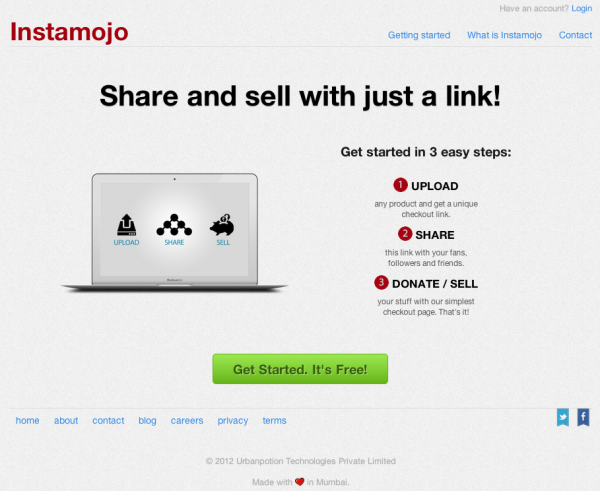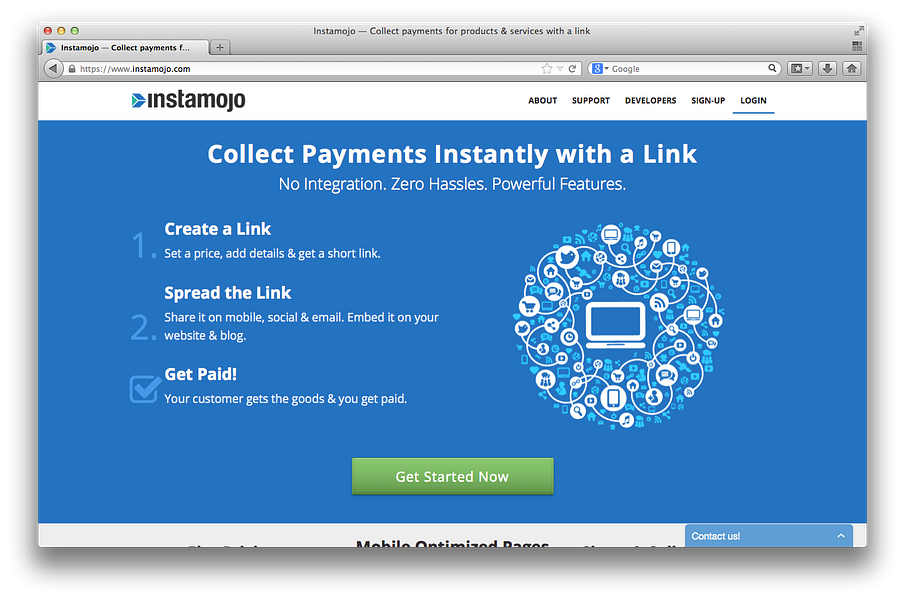Ever since UPI (Unified Payments Interface) alpha launched on 11th April 2016, I see much confusion amongst various stakeholders. For me, the most relevant question is will UPI kill payment gateway aggregators and PSPs (payment service providers) ?
My answer is No. If you’re interested to know more, please read on…

For the uninitiated, UPI is a layer on top of the IMPS etc (see image above) which will work on a network of banks, facilitating account-to-account transfers in a simple and secure manner .
In other words, UPI (standalone) will just be another way of transferring funds from ones’ bank account to another without going through the hassles of adding someone as a beneficiary / IFSC / account no (NEFT) or entering MMID / mobile no (IMPS) . The objective is to simplify the payment process vis-a-vis NEFT / IMPS which didn’t reach critical mass required to make India cashless — both from person-to-person (P2P) and merchant payments standpoint.
Whereas, a n aggregator /PSP is one which continuously works towards empowering its customers aka Merchants ( in our case, mostly long-tail online merchants and individuals desirous of collecting online payments) with as many payment options possible & more. For example, debit cards, credit cards, net-banking, cash-on-delivery, IMPS, cash deposits, prepaid wallets etc. The objective is to provide one stop payment collection solution that encompasses all possible payment instruments in one bucket. But that is not all. The PSPs also supports its clients by creating new products & features to enhance their business outcome too!
Now here is what a PSP brings to the table which UPI does not today :
- Provide other payments instruments which comprises a significant majority portion (~ 60 -80 %) of the total online payments. May be, UPI might become the new net-banking, by replacing it as a payment mode.
- Detailed information on received payment (who paid & for what), apart from providing transaction management, reconciliation, insights etc.
- Customisation at every level (payment options, payment page, etc) which is beyond a simple push-n-pull movement of money via UPI.
- Trust custodian — one who provides protection against any dispute between merchant & consumer (this is completely missing in UPI today).
(2) What UPI adds to existing systems & processes?
The apps that will be built on top of UPI architecture might not only be easy to use — but the mobile first, secure & interoperable ( any bank to any bank) nature of UPI makes it one of a kind. With the learnings of digital wallets and IMPS adoption in the past , NPCI now has all the ingredients to revolutionise the the way Indians pay one another.
(3) Can UPI act as a catalyst and benefit Indian Fintech ecosystem?
We at Instamojo will add “UPI as a payment option” in the checkout page (representation image below) along with other available payment instruments and ride the wave of consumer adoption.

(4) Can UPI adversely affect anyone in the Fintech space?
Launch of UPI at this time is actually a blessing in disguise for payment agnostic players like Instamojo. Because the likely causalities of UPI will be those who have invested time & money in building non-interoperable and siloed products. Namely,
- Digital wallets — UPI doesn’t allow interoperability of wallets on its platform today. Hence, P2P payments might shift entirely via UPI.
- Net-banking network providers — Many players in the ecosystem had long enjoyed the relationship they had with each banking partner to put the net-banking infrastructure in place. If UPI picks up, it might become a one stop solution to get connected to all the network of banks due to inter-operability. Thus making all their hard work redundant. Now simply getting connected with UPI architecture via one banking partner will give exposure to all others banks required to process merchant payments.
- Card network providers — If UPI is going to hurt anyone in a meaningful way, it will be the card networks like VISA/MC which will loose out of the Debit Card interchange to some degree, provided RuPay card become predominant.
Moreover, this revolutionary approach might make more consumers “online payment ready” in a very short span of time. And I hope, what Telecom revolution did for communication, UPI does the same for the Fintech space in India.
(5) What happens if UPI takes off massively?
Most digital wallets will lose relevance in the P2P payments space and will ultimately phase out and die like good old pagers . However, there can be a counter argument that in a winner-take-all or winner-take-most market, the digital wallet provider with largest merchant acceptance network might win due to inter-operability as consumers would gravitate towards the player which provides max fungibility for one’s wallet balance.
So, merchant payment collections via net-banking and wallets will be replaced by UPI. VISA / MasterCard will loose it’s share of revenues from debit card processing since RuPay (India’s own VISA/Mastercard) will share the interchange nuggets which is part of UPI now.
However, aggregators and PSPs will still be central to a Merchant, since such players bring other modes of payment collections too e.g. credit card, unified reconciliations of orders with payments, integration & APIs, customization, industry specific pricing & features, data and analytics and possibly discovery — apart from UPI enabled payments too!
On top of above, an online Merchant who is shifting from NEFTs / Cheque / Cash to PSPs for their payments need, will still turn t o the PSP as the pain-points still remains the same , with or without UPI coming into play i.e.
- Integration & APIs
- Order and transaction management
- Unified reconciliations — orders with payments
- Refund management
- Dispute resolution
- Customization — at every level
- Industry specific pricing & features
- Data & analytics
- Support management
- Risk management
Even if UPI solves all the above issues for an Online Merchant, they will still solve a portion of their payment collection needs, as UPI does not support VISA / Mastercard led credit card processing which stands at 20–25 Mn active users in India today.
Conclusion
It is evident that UPI is a boon and might be the much needed catalyst to increase the digital shopper base of India and in the process, might take a stab at the real enemy — CASH or unaccounted money exchanging hands; thus hurting the progress of our economy!
Hence, UPI is working very closely with banks under the guidance of RBI. In turn, banks are partnering with various players to take this new payment instrument to merchants & consumers.
Footnote:
- For an aggregator/PSP , it will all be the same — only the graph of the credit card processing will dip while a new segment will rise.
- Lastly, if someone thinks that banks will themselves act as an aggregator and offer UPI directly to the Merchants. W ell , they tried that before by offering IMPS to merchants which did not work . For argument s sake if one says it failed because of the complex MMID etc and now with a simpler process it will work, it won’t work for entire suite of payment instruments that a merchant needs.
- And finally, if one believes that banks would offer a bundled solution of Cards + UPI — well I would say its will be a good debate to be a part of but end of the day, even banks know what they are good at i.e. retail banking / CASA / lending & deposit arbitrage!
Credits:
- http://www.livemint.com/Industry/BTgri6AXTbue3WFPyp6dEN/Unified-payments-interface-new-banks-signal-revolution-in-b.html
- http://www.moneycontrol.com/news/economy/rbi-to-launch-unified-payment-interfaceapril-11_6205201.html
Guest blog post by Sampad Swain, Instamojo. The original article can be accessed here



 We were not concerned with releasing a perfect product when we began as our main focus was to test if our hypothesis was correct. So we knew that we had to release the product as soon as possible and then iterate rapidly based on the feedback we received from our customers. In fact from the idea to the release it took about 3 weeks to roll-out the product to the market. We would talk to our customers’ everyday through social media channels like twitter and blog posts where they would give us their feedback which we would then allocate to one of three different buckets –
We were not concerned with releasing a perfect product when we began as our main focus was to test if our hypothesis was correct. So we knew that we had to release the product as soon as possible and then iterate rapidly based on the feedback we received from our customers. In fact from the idea to the release it took about 3 weeks to roll-out the product to the market. We would talk to our customers’ everyday through social media channels like twitter and blog posts where they would give us their feedback which we would then allocate to one of three different buckets – 
